Creating a flatbed trailer requires meticulous planning, precision engineering, and a thorough understanding of materials and construction techniques. At CarMax Vehicle, we specialize in manufacturing high-quality flatbed trailers tailored to meet diverse transportation needs. This guide delves into the step-by-step process of building a flatbed trailer, ensuring durability, functionality, and compliance with industry standards.
Understanding Flatbed Trailers
Flatbed trailers are versatile transportation tools widely used in various industries, including construction, logistics, and agriculture. They consist of a flat platform mounted on wheels, designed to carry heavy and oversized loads. The key advantages of flatbed trailers include:
- Ease of Loading and Unloading: The open design allows for straightforward placement of cargo without the need for specialized loading equipment.
- Versatility: Suitable for transporting a wide range of materials, including machinery, building materials, and vehicles.
- Customizability: Can be tailored to specific requirements with features like adjustable tie-down points, ramps, and protective covers.
Essential Components of a Flatbed Trailer
Building a flatbed trailer involves several critical components, each contributing to the trailer’s overall performance and safety. Below is a breakdown of the essential parts:
| Component | Description |
|---|---|
| Frame | The backbone of the trailer, typically made from high-strength steel. |
| Axles and Suspension | Support the trailer’s weight and ensure smooth transportation over varied terrains. |
| Wheels and Tires | Provide mobility and stability, selected based on load capacity and terrain. |
| Decking | The flat surface for cargo placement, often constructed from plywood or steel. |
| Hitch and Coupling | Connects the trailer to the towing vehicle, ensuring secure attachment. |
| Lighting and Electrical | Compliance with road safety standards, includes brake lights and indicators. |
| Tie-Down Points | Secure cargo during transit, preventing movement and ensuring load safety. |
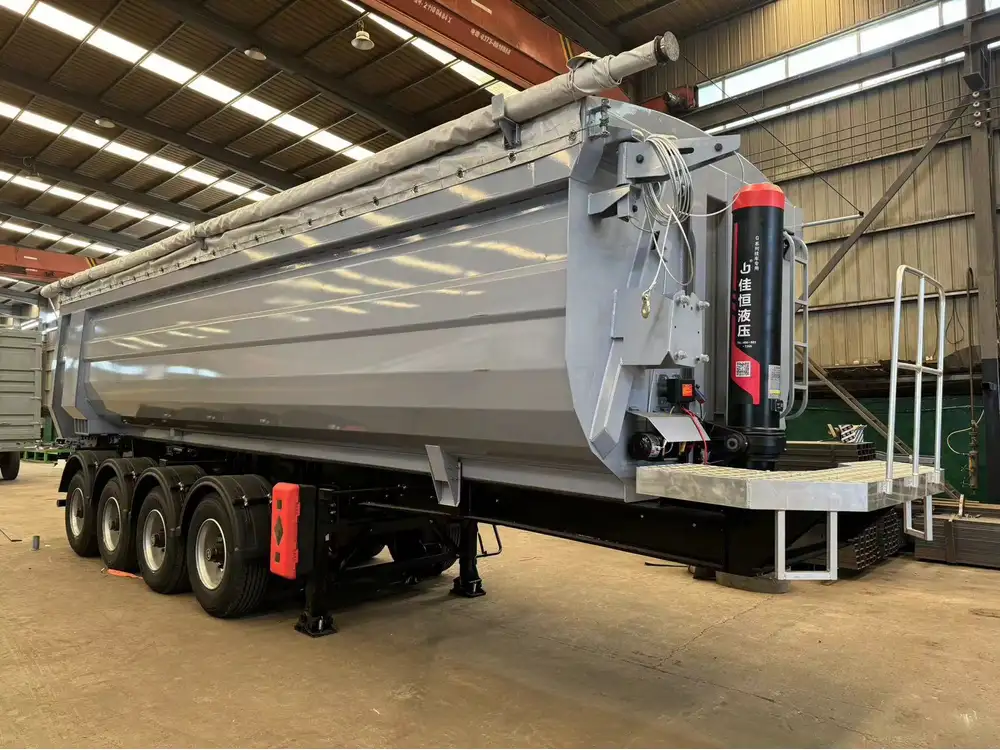
Step-by-Step Guide to Building a Flatbed Trailer
1. Design and Planning
Before commencing construction, thorough planning is essential. Consider the following factors:
- Load Capacity: Determine the maximum weight the trailer will carry to select appropriate materials and components.
- Dimensions: Define the length, width, and height based on cargo requirements and towing vehicle specifications.
- Regulatory Compliance: Ensure the design adheres to local transportation regulations and safety standards.
2. Selecting Materials
Choosing the right materials is crucial for durability and performance. Common materials include:
- Steel: Preferred for the frame and decking due to its strength and longevity.
- Aluminum: Lightweight alternative for certain trailer parts, enhancing fuel efficiency.
- Composite Materials: Used in specialized applications for increased resistance to corrosion and wear.
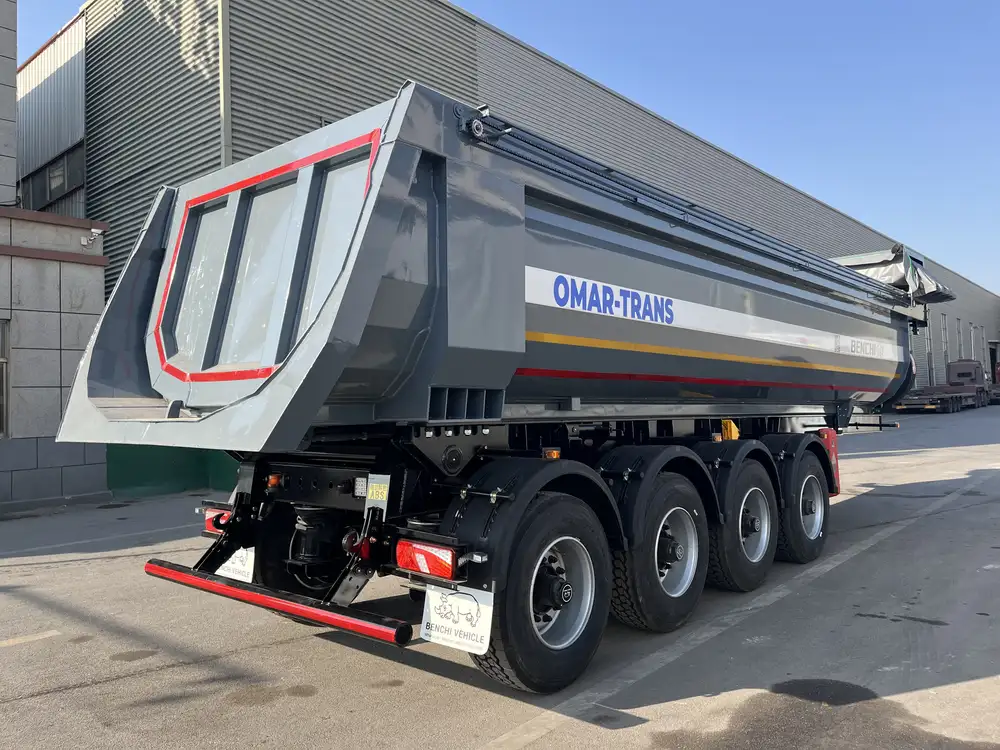
3. Constructing the Frame
The frame serves as the foundation of the trailer. Follow these steps:
- Cutting the Steel: Use precise measurements to cut steel beams according to the trailer’s dimensions.
- Welding: Securely weld the beams to form the rectangular structure, ensuring all joints are robust to handle heavy loads.
- Reinforcement: Add additional supports and cross-members to enhance structural integrity.
4. Installing the Axles and Suspension
Proper installation ensures stability and smooth operation.
- Axle Placement: Position axles at designated points to distribute weight evenly.
- Suspension System: Install springs or other suspension mechanisms to absorb shocks and reduce wear on components.
- Secure Mounting: Use heavy-duty bolts and brackets to attach axles firmly to the frame.
5. Mounting Wheels and Tires
Select wheels and tires based on load capacity and terrain requirements.
- Wheel Size: Choose wheels that match the trailer’s intended use, balancing durability and maneuverability.
- Tire Type: Opt for tires with appropriate tread patterns for the anticipated driving conditions.
- Alignment: Ensure wheels are correctly aligned to prevent uneven wear and enhance handling.

6. Installing the Decking
The decking provides the surface for cargo placement.
- Material Selection: Use high-grade plywood or steel sheets, depending on the load requirements.
- Attachment: Secure decking panels to the frame using screws or bolts, ensuring a flat and stable surface.
- Finishing: Smooth edges and apply protective coatings to prevent damage and corrosion.
7. Adding Hitch and Coupling Mechanisms
A reliable hitch system is vital for safe towing.
- Hitch Type: Select a hitch compatible with the towing vehicle, such as a ball hitch or pintle hook.
- Installation: Mount the hitch securely to the frame, ensuring it can handle the maximum expected load.
- Coupling: Install coupler mechanisms that allow easy and secure attachment to the towing vehicle.
8. Installing Lighting and Electrical Systems
Compliance with safety regulations requires proper lighting.
- Brake Lights and Indicators: Install LED lights for better visibility and energy efficiency.
- Wiring: Use high-quality wiring harnesses to connect trailer lights to the towing vehicle’s electrical system.
- Testing: Verify all lights function correctly before use.

9. Implementing Tie-Down Points and Additional Features
Secure cargo is essential for safe transit.
- Tie-Down Anchors: Install multiple anchor points across the deck for securing various types of loads.
- Ramps and Gates: Add features like folding ramps for easy loading of heavy equipment.
- Protective Covers: Optional covers offer protection from weather and reduce cargo movement.
Quality Assurance and Testing
Ensuring the trailer meets quality standards involves rigorous testing and inspection.
- Load Testing: Simulate maximum loads to verify structural integrity and performance.
- Safety Inspections: Check all components for compliance with safety regulations.
- Durability Testing: Assess the trailer’s resistance to wear and environmental factors through prolonged use scenarios.
Customizing Your Flatbed Trailer with CarMax Vehicle
At CarMax Vehicle, we understand that every customer has unique requirements. Our customization options include:
- Adjustable Deck Heights: Tailor the deck height to match specific cargo or towing vehicle specifications.
- Specialized Tie-Down Systems: Incorporate advanced tie-down mechanisms for enhanced load security.
- Integrated Storage Solutions: Add compartments and storage areas for tools and equipment.
- Enhanced Safety Features: Implement brake systems, lights, and reflective markings for increased visibility and safety.
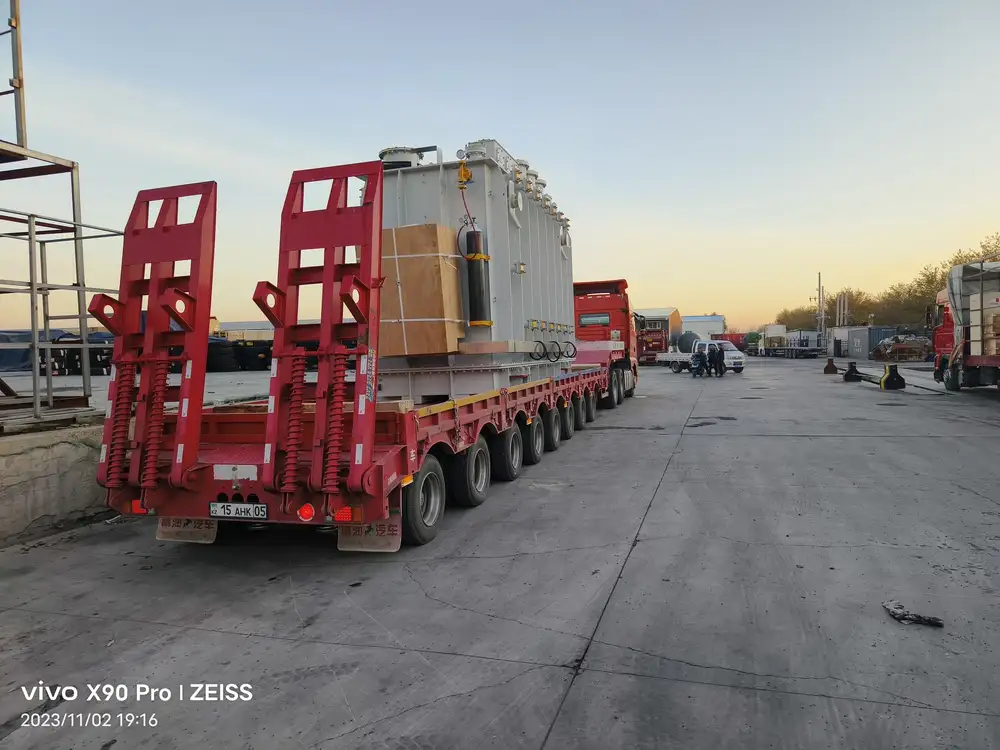
Maintenance Tips for Longevity
Proper maintenance extends the life of your flatbed trailer and ensures safe operation.
- Regular Inspections: Frequently check the frame, axles, tires, and electrical systems for signs of wear or damage.
- Lubrication: Keep moving parts well-lubricated to prevent rust and ensure smooth operation.
- Cleaning: Remove debris and corrosive substances from the deck and frame to prevent deterioration.
- Tire Care: Maintain proper tire pressure and inspect for cuts or abrasions regularly.
- Brake Maintenance: Ensure brakes are functioning correctly and replace worn brake pads promptly.
Safety Considerations
Safety is paramount in trailer construction and usage.
- Weight Distribution: Properly distribute the load to avoid overloading axles and ensure stable towing.
- Secure Fastenings: Use high-strength bolts and secure all components to prevent failures.
- Visibility Enhancements: Install reflective tape and ensure all lights are operational for better visibility during night drives.
- Driver Training: Educate operators on safe towing practices and load securing techniques.
Advantages of Choosing CarMax Vehicle for Your Flatbed Trailer
Opting for CarMax Vehicle ensures you receive a top-tier flatbed trailer crafted with expertise and precision. Here are some of the benefits we offer:
- Expert Craftsmanship: Our team has extensive experience in trailer manufacturing, ensuring superior quality.
- Custom Solutions: We tailor trailers to meet specific requirements, enhancing functionality and efficiency.
- Premium Materials: We use only high-grade materials to ensure durability and longevity.
- Comprehensive Support: From design to maintenance, we provide full support to our clients.
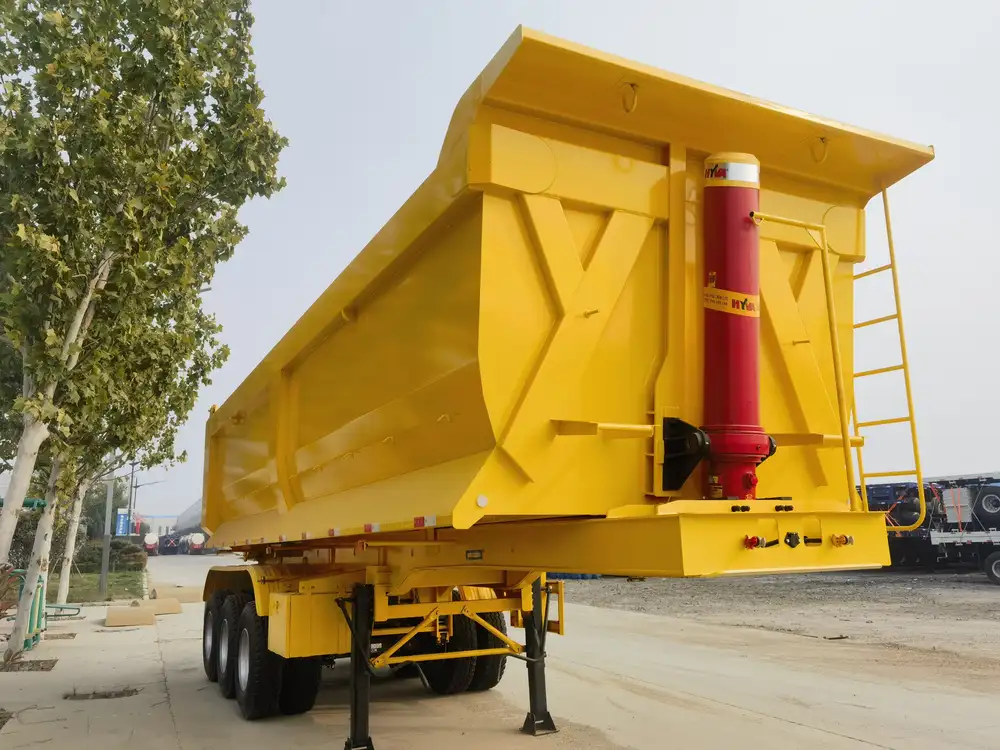
Cost Considerations
Building a flatbed trailer involves various costs that need careful planning.
| Cost Element | Description |
|---|---|
| Materials | Steel, aluminum, wiring, and other essential components. |
| Labor | Skilled labor for cutting, welding, and assembly. |
| Custom Features | Additional features like ramps, tie-down systems, and lighting. |
| Tools and Equipment | Welding machines, cutting tools, and other necessary equipment. |
| Compliance and Testing | Ensuring the trailer meets regulatory standards and undergoing quality tests. |
By carefully budgeting and selecting the right components, you can build a high-quality flatbed trailer that meets your needs without unnecessary expenses.
Environmental Considerations
Sustainability is increasingly important in manufacturing.
- Material Recycling: Utilize recyclable materials to minimize environmental impact.
- Energy-Efficient Processes: Implement energy-saving techniques in production.
- Durable Designs: Create long-lasting trailers to reduce waste and promote sustainability.
Future Trends in Flatbed Trailer Manufacturing
The trailer industry is evolving with advancements in technology and materials.
- Smart Trailers: Integration of IoT for real-time tracking and monitoring.
- Lightweight Materials: Use of advanced composites to reduce weight and increase fuel efficiency.
- Enhanced Safety Features: Development of autonomous braking systems and collision avoidance technologies.
- Sustainable Practices: Increased focus on eco-friendly manufacturing processes and materials.

Choosing the Right Flatbed Trailer for Your Needs
Selecting the appropriate flatbed trailer involves assessing your specific requirements.
| Requirement | Consideration |
|---|---|
| Load Type | Determine the nature of the cargo to select appropriate deck and tie-down systems. |
| Frequency of Use | Choose a trailer built for heavy-duty use if frequently transporting large loads. |
| Terrain | Select suspension and tires suited for the typical driving conditions. |
| Budget | Balance between quality and cost to find the best value for your needs. |
| Customization Needs | Identify necessary custom features to enhance functionality and efficiency. |
At CarMax Vehicle, we assist you in evaluating these factors to choose or customize a flatbed trailer that perfectly aligns with your operational demands.
Installation and Setup
Proper installation ensures the trailer performs optimally from the start.
- Alignment with Towing Vehicle: Ensure the trailer hitch aligns correctly with the towing vehicle’s hitch for seamless connection.
- Electrical Integration: Follow manufacturer guidelines to connect trailer lights to the vehicle’s electrical system.
- Final Inspection: Conduct a comprehensive inspection to verify all components are securely installed and functioning correctly.
Longevity and Durability Enhancements
To maximize the lifespan of your flatbed trailer, consider the following enhancements:
- Protective Coatings: Apply rust-resistant paint or coatings to shield against corrosion.
- Reinforced Joints: Strengthen welds and joints to handle heavy loads and prevent structural failures.
- Advanced Suspension Systems: Invest in superior suspension to reduce wear and tear on the trailer and improve ride quality.
- Regular Upgrades: Stay updated with the latest advancements and upgrade components as needed to maintain performance.

Common Challenges and Solutions
Building a flatbed trailer comes with its set of challenges. Here are common issues and how to address them:
| Challenge | Solution |
|---|---|
| Material Sourcing | Establish reliable suppliers to ensure timely delivery of high-quality materials. |
| Structural Integrity | Use precise welding techniques and reinforce critical points to prevent weaknesses. |
| Weight Distribution | Design the trailer to distribute weight evenly across all axles and suspension points. |
| Compliance with Standards | Stay informed about relevant regulations and incorporate necessary features into the design. |
| Cost Management | Optimize material usage and streamline production processes to control costs without compromising quality. |
CarMax Vehicle employs best practices and innovative solutions to overcome these challenges, ensuring the production of reliable and efficient flatbed trailers.
Leveraging Technology in Trailer Manufacturing
Incorporating technology enhances the efficiency and quality of trailer production.
- Computer-Aided Design (CAD): Enables precise design and simulation of trailer components before construction.
- Automation in Manufacturing: Utilizes robotics and automated systems for accurate cutting, welding, and assembly.
- Quality Monitoring Systems: Implement sensors and monitoring tools to ensure each trailer meets stringent quality standards.
Case Studies: Successful Flatbed Trailer Projects by CarMax Vehicle

Case Study 1: Construction Industry Trailer
Client Needs: A construction company required a flatbed trailer capable of transporting heavy machinery and building materials across rough terrains.
Solution: CarMax Vehicle designed a reinforced steel frame with enhanced suspension and heavy-duty axles. The trailer featured multiple tie-down points and a durable, non-slip deck.
Outcome: The client experienced improved transportation efficiency and reduced equipment damage, leading to increased project timelines and cost savings.
Case Study 2: Agricultural Equipment Trailer
Client Needs: An agricultural business needed a flatbed trailer to move large farming equipment between sites.
Solution: We customized the trailer with adjustable deck heights and integrated storage compartments for tools. The suspension system was optimized for uneven farm terrains.
Outcome: The client benefited from versatile and reliable transportation solutions, enhancing operational productivity and equipment longevity.
Partnering with CarMax Vehicle
Collaborating with CarMax Vehicle ensures you receive a flatbed trailer that precisely meets your transportation needs. Our commitment to quality, customization, and customer satisfaction sets us apart in the industry.
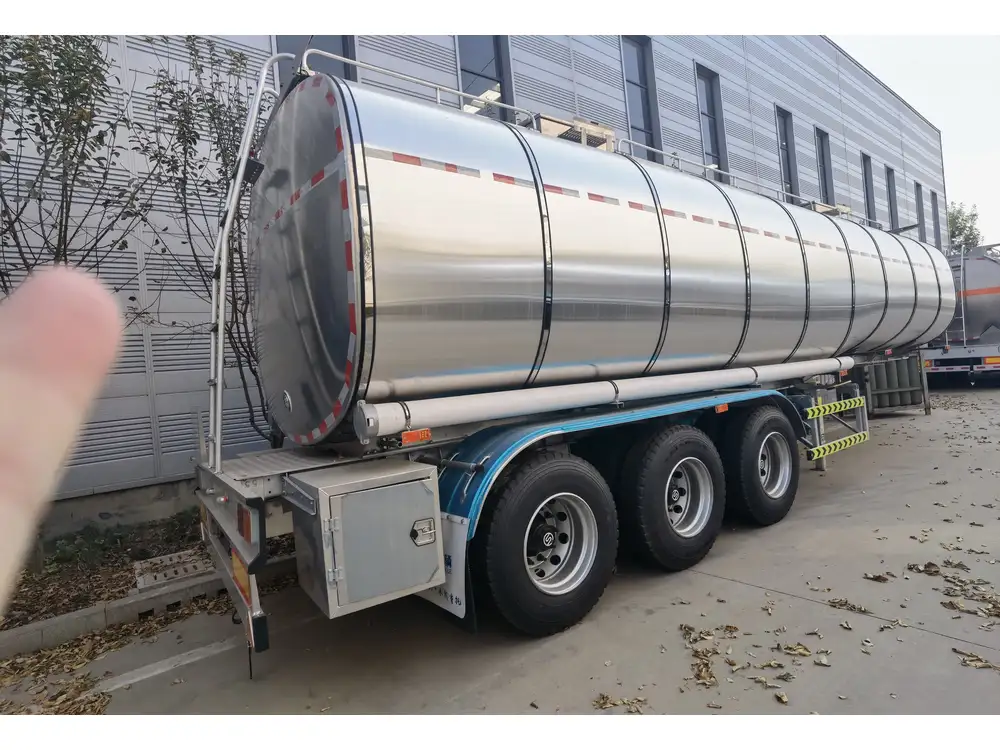
Our Services Include:
- Custom Design: Tailored designs to match specific requirements.
- Expert Manufacturing: State-of-the-art facilities and skilled technicians.
- Comprehensive Support: From initial consultation to post-purchase maintenance.
Final Thoughts
Building a flatbed trailer demands a blend of engineering expertise, quality materials, and attention to detail. At CarMax Vehicle, we leverage our extensive experience and advanced manufacturing techniques to deliver flatbed trailers that exceed expectations. Whether you require a standard model or a customized solution, our team is dedicated to providing reliable and efficient transportation solutions.
Frequently Asked Questions

1. What materials are best for constructing a flatbed trailer?
Answer: High-strength steel is commonly used for the frame and decking due to its durability and load-bearing capacity. Aluminum is an alternative for lighter trailers, offering corrosion resistance and reduced weight.
2. How do I determine the load capacity I need for my flatbed trailer?
Answer: Assess the maximum weight of the cargo you intend to transport. It’s advisable to choose a trailer with a load capacity slightly higher than your heaviest load to ensure safety and longevity.
3. What maintenance practices can extend the life of my flatbed trailer?
Answer: Regular inspections, proper lubrication of moving parts, maintaining tire pressure, cleaning the deck and frame, and promptly addressing any signs of wear or damage are essential for extending the trailer’s lifespan.

4. Can I customize my flatbed trailer with specific features?
Answer: Yes, CarMax Vehicle offers a range of customization options, including adjustable deck heights, specialized tie-down systems, integrated storage solutions, and enhanced safety features to meet your specific needs.
5. How do I ensure my flatbed trailer complies with safety regulations?
Answer: Adhere to local transportation laws and industry standards by installing required lighting and electrical systems, ensuring proper load distribution, and conducting regular safety inspections. Partnering with experienced manufacturers like CarMax Vehicle can also help ensure compliance.



